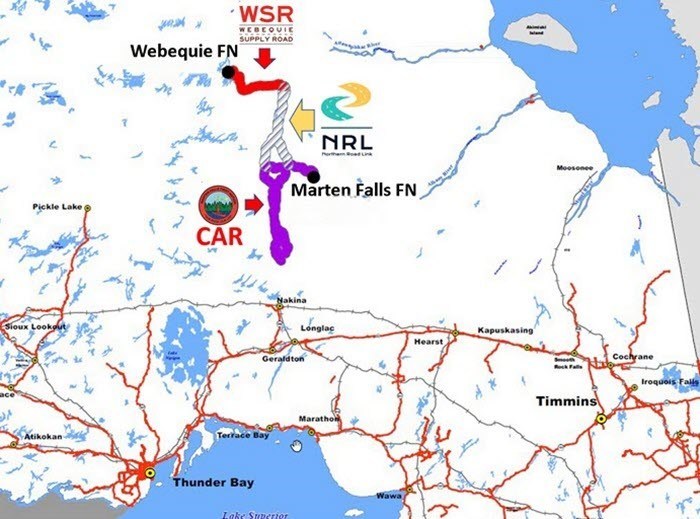Several of the world’s largest companies including Apple, Tesla and Intel may be using conflict minerals from the Democratic Republic of Congo (DRC) in their products as they rely on a certification scheme accused of helping “launder” irresponsibly mined metals.
According to the latest report from Global Witness, an international non-profit that challenges power abuses, several firms that use the International Tin Association’s Tin Supply Chain Initiative (ITSCI) scheme are allegedly at fault of fueling conflict.


























